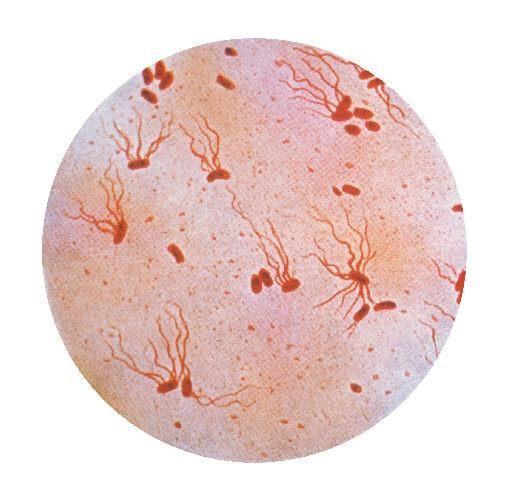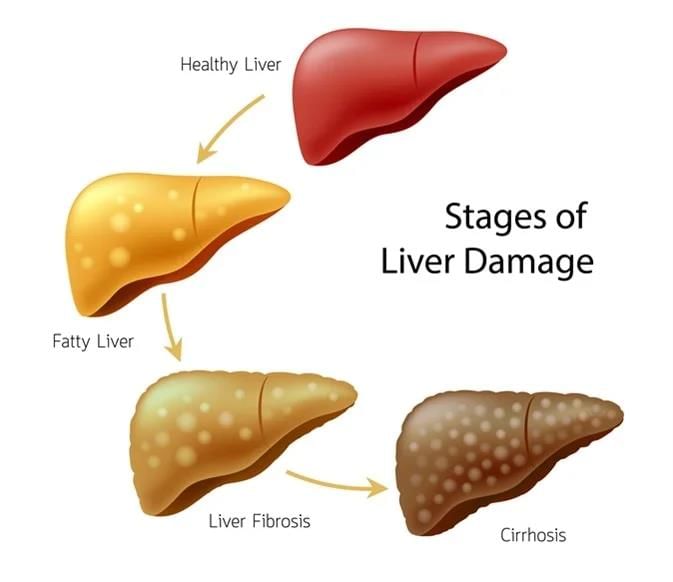NEET Exam > NEET Tests > Test: Human Health & Disease - 1 - NEET MCQ
Test: Human Health & Disease - 1 - NEET MCQ
Test Description
15 Questions MCQ Test - Test: Human Health & Disease - 1
Test: Human Health & Disease - 1 for NEET 2025 is part of NEET preparation. The Test: Human Health & Disease - 1 questions and answers have been prepared
according to the NEET exam syllabus.The Test: Human Health & Disease - 1 MCQs are made for NEET 2025 Exam.
Find important definitions, questions, notes, meanings, examples, exercises, MCQs and online tests for Test: Human Health & Disease - 1 below.
Solutions of Test: Human Health & Disease - 1 questions in English are available as part of our course for NEET & Test: Human Health & Disease - 1 solutions in
Hindi for NEET course.
Download more important topics, notes, lectures and mock test series for NEET Exam by signing up for free. Attempt Test: Human Health & Disease - 1 | 15 questions in 15 minutes | Mock test for NEET preparation | Free important questions MCQ to study for NEET Exam | Download free PDF with solutions
Detailed Solution for Test: Human Health & Disease - 1 - Question 1
Test: Human Health & Disease - 1 - Question 2
Pathogenic bacterium that cause typhoid fever in human being is:
Detailed Solution for Test: Human Health & Disease - 1 - Question 2
Detailed Solution for Test: Human Health & Disease - 1 - Question 3
Detailed Solution for Test: Human Health & Disease - 1 - Question 4
Test: Human Health & Disease - 1 - Question 5
Which one of the following acts as a physiological barrier to the entry of microorganisms in human body?
Detailed Solution for Test: Human Health & Disease - 1 - Question 5
Test: Human Health & Disease - 1 - Question 6
AIDS is caused by Human immuno deficiency virus (HIV) which is a member of group of virus called?
Detailed Solution for Test: Human Health & Disease - 1 - Question 6
Detailed Solution for Test: Human Health & Disease - 1 - Question 7
Detailed Solution for Test: Human Health & Disease - 1 - Question 8
Test: Human Health & Disease - 1 - Question 9
Cancer cells are more damaged by radiations while others are not because cancer cells are:
Detailed Solution for Test: Human Health & Disease - 1 - Question 9
Test: Human Health & Disease - 1 - Question 10
The drug which binds to specific opioid receptors present in our central nervous system and gastrointestinal tract is:
Detailed Solution for Test: Human Health & Disease - 1 - Question 10
Test: Human Health & Disease - 1 - Question 11
Cirrhosis of liver is caused by the chronic intake of:
Detailed Solution for Test: Human Health & Disease - 1 - Question 11
Detailed Solution for Test: Human Health & Disease - 1 - Question 12
Test: Human Health & Disease - 1 - Question 13
Marijuana, hashish, charas, and ganja are group of drugs collectively called?
Detailed Solution for Test: Human Health & Disease - 1 - Question 13
Test: Human Health & Disease - 1 - Question 14
Which one of the following is a matching pair of a drug and its category?
Detailed Solution for Test: Human Health & Disease - 1 - Question 14
Test: Human Health & Disease - 1 - Question 15
Which property is not exhibited by a disease-causing pathogen?
Detailed Solution for Test: Human Health & Disease - 1 - Question 15
Information about Test: Human Health & Disease - 1 Page
In this test you can find the Exam questions for Test: Human Health & Disease - 1 solved & explained in the simplest way possible.
Besides giving Questions and answers for Test: Human Health & Disease - 1, EduRev gives you an ample number of Online tests for practice
Download as PDF
















